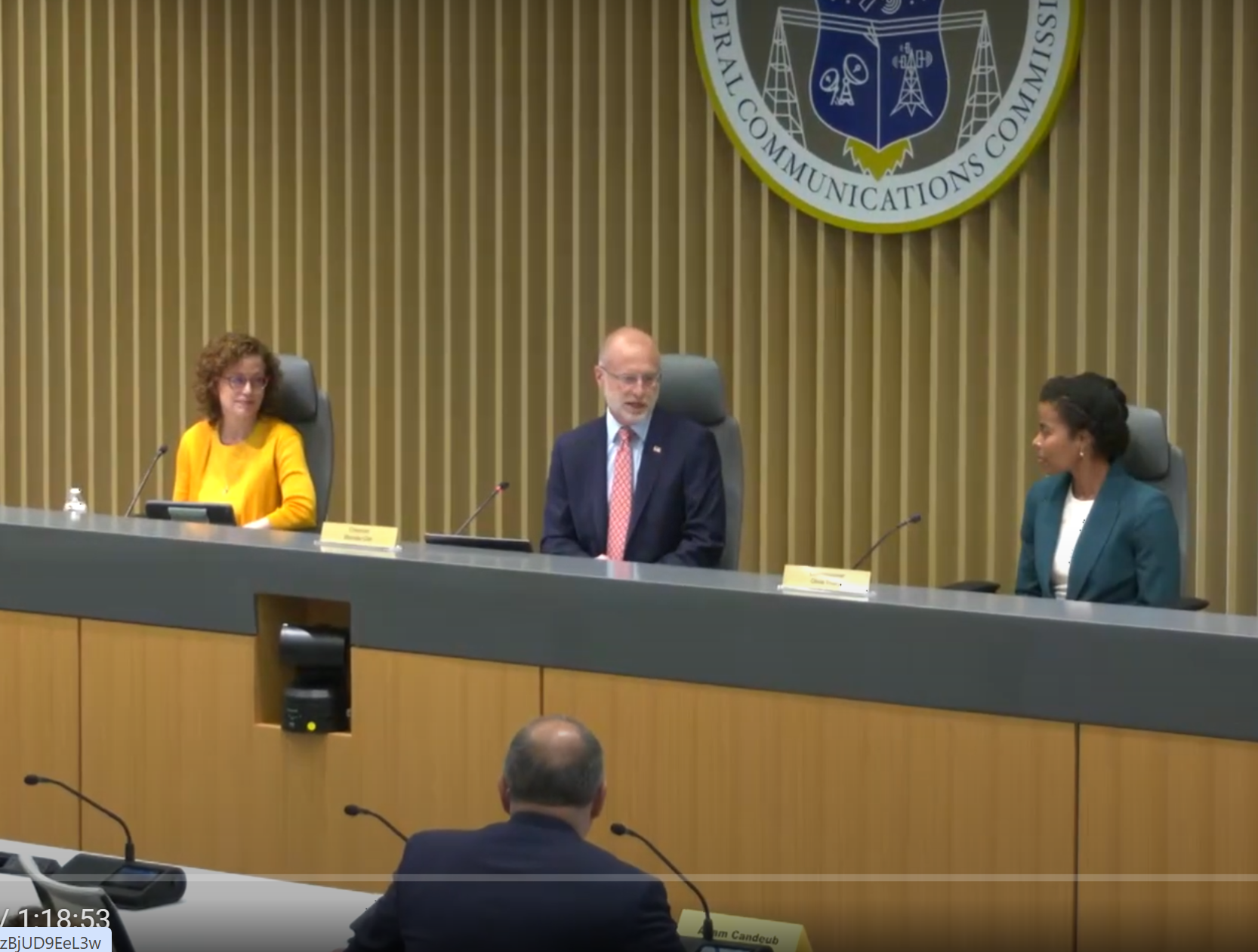Solar cycles last, on average, eleven years. Solar Cycle 24 may have started last week.
Since Solar Cycle 23 peaked between 2000 and 2003, solar activity has been declining. Amateur radio operators and shortwave listeners have been closely watching for the new cycle to start, knowing increasing solar activity will lead to higher maximum usable frequencies (MUF) and better high-frequency propagation. Satellite operators and TV engineers at stations on low VHF channels are also watching the solar cycle, but their concerns are that solar storms could damage satellites and higher MUF could allow distant stations to interfere with TV reception.
The group most interested in the solar cycle is the scientists studying solar physics. Last week they became excited when a knot of magnetism popped over the sun’s eastern limb on Dec. 11. Solar physicist David Hathaway of the Marshall Space Flight Center said the knot may not look like much, but “this patch of magnetism could be a sign of the next solar cycle.”
He explained, “New solar cycles always begin with a high-latitude, reversed polarity sunspot.”
“Reversed polarity” means a sunspot with opposite magnetic polarity compared to sunspots from the previous solar cycle. “High-latitude” refers to the sun’s grid of latitude and longitude. Old cycle spots congregate near the sun’s equator. New cycle spots appear higher, around 25 or 30 degrees latitude, according to the NASA Science news release. More time is needed to see if this sunspot really is the start of Solar Cycle 24.
The release said many forecasters believe Solar Cycle 24 will be big and intense.
“Peaking in 2011 or 2012, the cycle to come could have significant impacts on telecommunications, air traffic, power grids and GPS systems,” NASA said. Due to the increased use of telecommunications, there is concern the coming cycle could have a greater impact than the previous cycle. We won’t have to worry about this for a few more years, however, as the solar cycles usually take a few years to peak.
“We still have some quiet times ahead,” Hathaway said.
The professional video industry's #1 source for news, trends and product and tech information. Sign up below.

Doug Lung is one of America's foremost authorities on broadcast RF technology. As vice president of Broadcast Technology for NBCUniversal Local, H. Douglas Lung leads NBC and Telemundo-owned stations’ RF and transmission affairs, including microwave, radars, satellite uplinks, and FCC technical filings. Beginning his career in 1976 at KSCI in Los Angeles, Lung has nearly 50 years of experience in broadcast television engineering. Beginning in 1985, he led the engineering department for what was to become the Telemundo network and station group, assisting in the design, construction and installation of the company’s broadcast and cable facilities. Other projects include work on the launch of Hawaii’s first UHF TV station, the rollout and testing of the ATSC mobile-handheld standard, and software development related to the incentive auction TV spectrum repack. A longtime columnist for TV Technology, Doug is also a regular contributor to IEEE Broadcast Technology. He is the recipient of the 2023 NAB Television Engineering Award. He also received a Tech Leadership Award from TV Tech publisher Future plc in 2021 and is a member of the IEEE Broadcast Technology Society and the Society of Broadcast Engineers.
